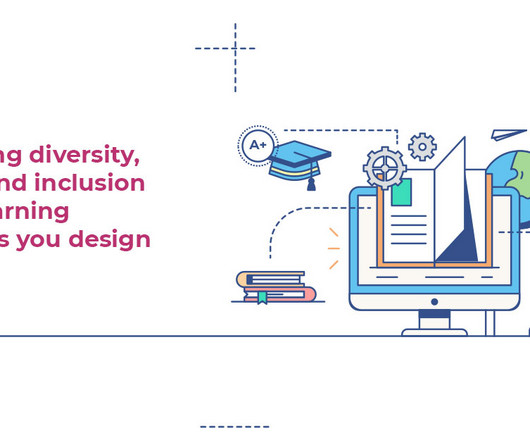Promoting Diversity, Equity, and Inclusion in the Learning Programs You Design
Hurix Digital
APRIL 11, 2023
The events of 2020, including the Black Lives Matter protests and the COVID-19 pandemic, have shone a light on the systemic inequalities that exist in society. Why promote DEI in the learning programs you design for employees? Promoting DEI in learning programs designed for employees is important for several reasons.
















Let's personalize your content